India the world’s largest Democratic country is celebrating its 75th year of independence from British rule on August 15.
The day is marked as a remembrance of how our country struggled for freedom and honors all those freedom fighters who helped the country to become a free nation.
We all know our history which tells us about the uprising of the Indian Rebellion of 1857, the rule of the British East India Company came to an end after which the British crown began to rule over India directly as per the Government of India Act 1858 through the British Raj.
On August 15, 1947, India got its freedom, ending an almost 200-year British rule.
Since Independence India had to face many wars in order to save its borders from foreign invasion here is a look at India’s war history.
Indo-Pakistani War of 1947–1948
The Indo-Pakistani War of 1947–1948 or the First Kashmir War was an armed conflict that was fought between India and Pakistan the two newly independent nations over Jammu and Kashmir from 1947 to 1948.
It was the first of four Indo-Pakistani wars fought between the two nations. Pakistan precipitated the war a few weeks after its independence by launching tribal Lashkar from Waziristan, to capture Kashmir.
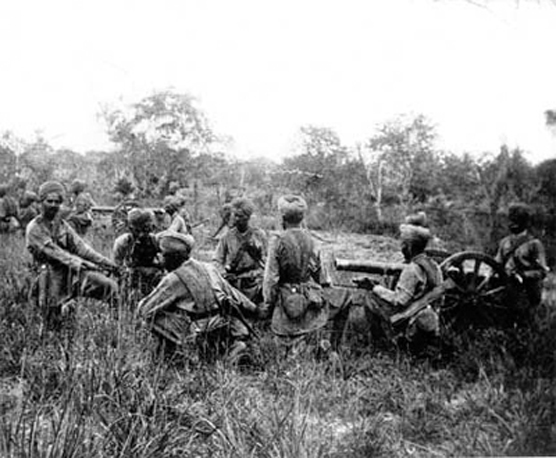
On 22 October 1947, Pakistan’s Pashtun tribal militias crossed the border of the state. These local tribal militias and irregular Pakistani forces moved to take the capital city of Srinagar, but upon reaching Baramulla, they took to plunder and stalled. Maharaja Hari Singh then pleaded with India for their assistance, and help was offered, but it was subject to his signing of an Instrument of Accession to India.
The war was initially fought by the Jammu and Kashmir State Forces and by militias from the Frontier Tribal Areas adjoining the North-West Frontier Province.
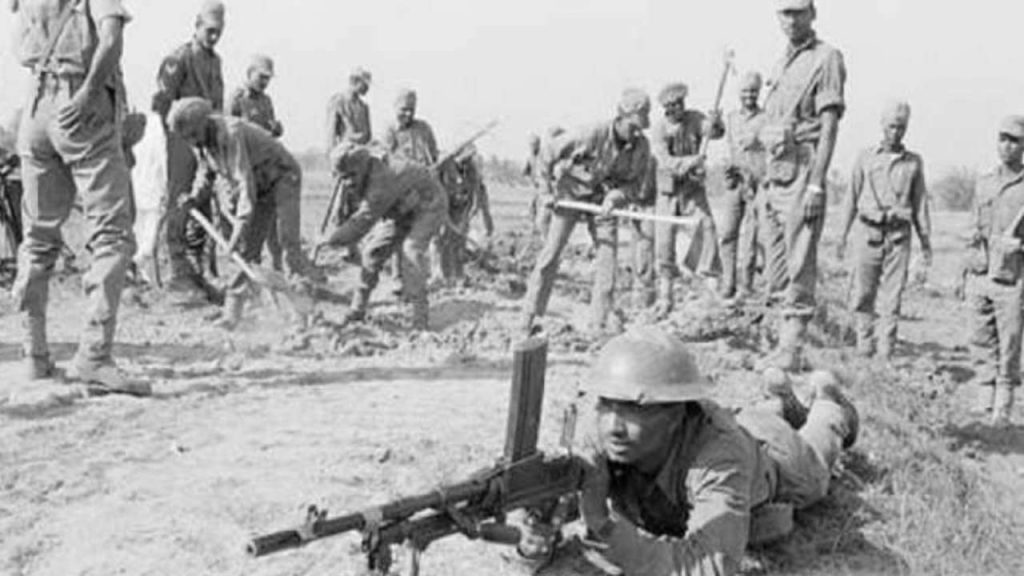
Following the accession of the state to India on 26 October 1947, Indian troops were airlifted to Srinagar, the state capital. British commanding officers initially refused the entry of Pakistani troops into the conflict, citing the accession of the state to India. However, later in 1948, they relented and Pakistan’s armies entered the war shortly afterward. The fronts solidified gradually along what later came to be known as the Line of Control.
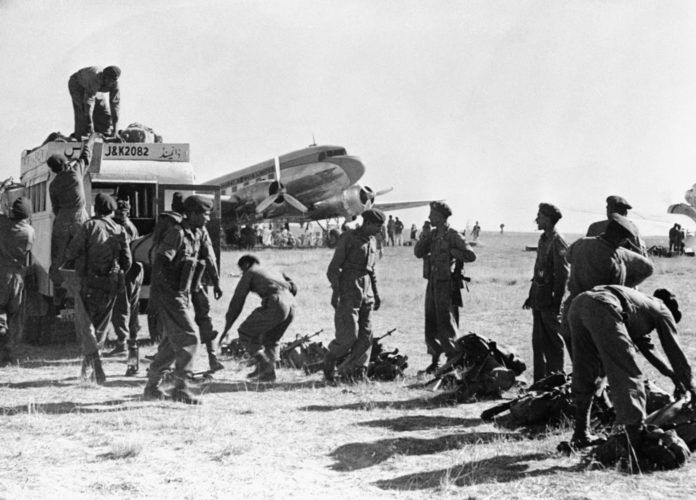
A formal ceasefire was declared effective 1 January 1949. The result of the war was inconclusive. However, most neutral assessments agree that India was the victor of the war as it was able to successfully defend about two-thirds of the erstwhile state, including the Kashmir Valley, Jammu, and Ladakh.
India China War of 1962
India was attacked on October 20, 1962, in what famously came to be known as the Sino-India war of 1962. The belief of not ever being attacked by China did not let the Indian army prepare and the result was the standoff between 10,000-20,000 Indian troops and 80,000 Chinese troops. The war continued for about a month and ended on November 21, after China declared a ceasefire.
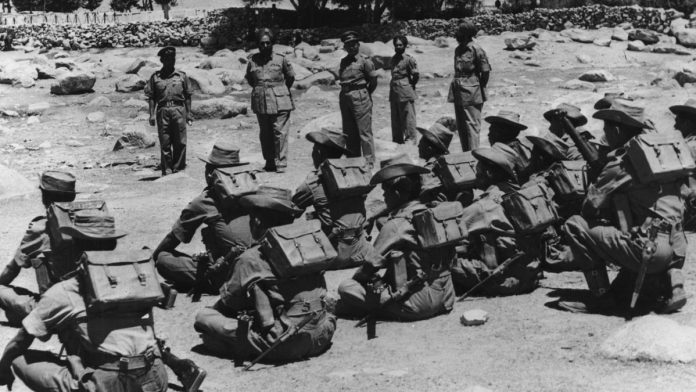
The war began over a disputed Himalayan border. There had been a series of violent border conflicts between the two countries after the 1959 Tibetan uprising when India granted asylum to the Dalai Lama.
On July 10, 1962, around 350 Chinese troops surrounded an Indian post at Chushul and used loudspeakers to convince the Gurkhas that they should not be fighting for India
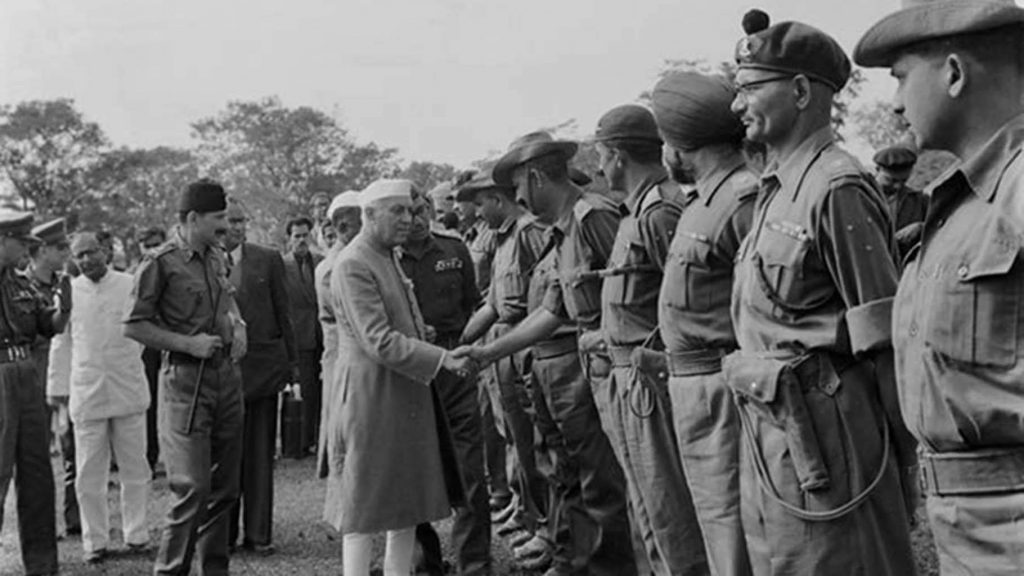
On October 20, 1962, China’s People’s Liberation Army invaded India in Ladakh, and across the McMahon Line in the then North-East Frontier Agency.
The India-Pakistan War of 1965
The 1965 war between India and Pakistan was the second conflict between the two countries over the status of the state of Jammu and Kashmir. The clash did not resolve this dispute, but it did engage the United States and the Soviet Union in ways that would have important implications for subsequent superpower involvement in the region.
This time too, Pakistan initiated the war when around 33,000 Pakistani soldiers posing as Kashmiris entered the Indian borders. Post this, the Indian army crossed the cease-fire line to neutralise their plan.

United Nations was asked to reprise its role in the First India-Pakistan War and end the current conflict. The Security Council on September 20 passed Resolution 211 calling for an end to the fighting and negotiations on the settlement of the Kashmir problem. The United States and the United Kingdom supported the UN decision by cutting off arms supplies to both.
The UN resolution and the halting of arms sales had an immediate impact. India accepted the ceasefire on September 21 and Pakistan on September 22.
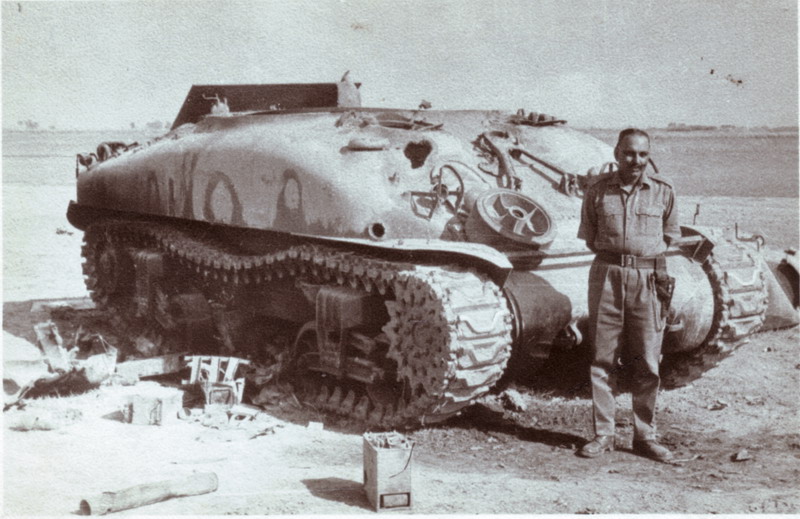
The ceasefire alone did not resolve the status of Kashmir, and both sides accepted the Soviet Union as a third-party mediator. Negotiations in Tashkent concluded in January 1966, with both sides giving up territorial claims, withdrawing their armies from the disputed territory. Nevertheless, although the Tashkent agreement achieved its short-term aims, conflict in South Asia would reignite a few years later.
The war led to 12000+ casualties and the war ended with a Stalemate as both the countries considered them victorious
India Pakistan war of 1971
Vijay Diwas is celebrated on December 16 every year to recall the victory of India over Pakistan in 1971. This day led to the liberation of East Pakistan and the creation of the new state of Bangladesh.
On December 16th, 1971, the Chief of the Pakistani Forces, General Niazi along with his 93,000 soldiers surrendered to Indian forces. Vijay Diwas is also celebrated as ‘Bijoy Dibos’ or Bangladesh Liberation Day in Bangladesh, which signifies the official independence of Bangladesh from Pakistan.
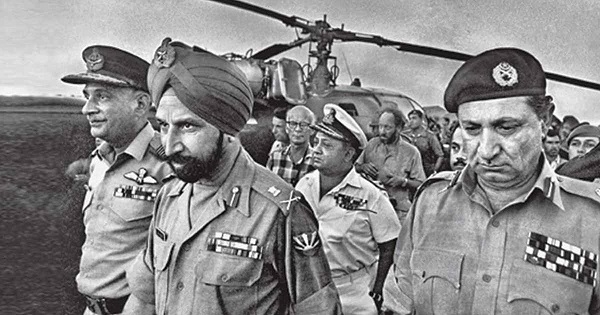
Liberation War of Bangladesh gave rise to the conflict after West Pakistan misbehaved with the people and undermined the election results in East Pakistan.
East Pakistan raised the call for secession officially on March 26, 1971. India’s then PM Indira Gandhi gave full support in the independence struggle.
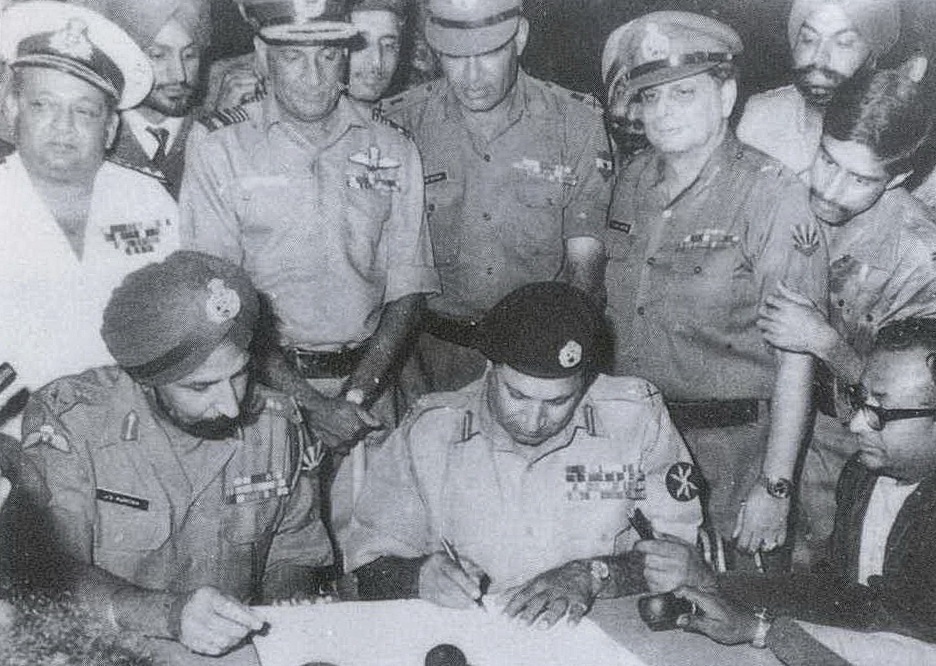
Widespread genocide against Bengalis, mainly Hindus, at the hands of the Pakistani military was reported by the media. It forced around 10 million people to migrate to neighbouring India. India had also opened its borders to refugees from Bengal.
On the night of December 4-5, the Indian Navy’s Western Naval Command successfully conducted a surprise attack on Karachi port under the codename Trident.
Pakistan’s 8000 soldiers died and 25,000 wounded, while India lost 3000 soldiers and 12,000 were wounded.

Around 93,000 Pakistani troops led by General Amir Abdullah Khan Niazi surrendered to the allied forces during the end of the war. They were returned as part of the Shimla Agreement of 1972.
Nearly one-third army of Pakistan was captured by Indian forces. It was a 13-day India-Pakistan war which began on December 13th, 1971 sparked by the revolt in erstwhile East Pakistan against the government of Islamabad.
Kargil war 1999
The Kargil war was fought between May and July 1999 in the Kargil district of Kashmir and along the Line of Control (LOC) between India and Pakistan. During the war, the Indian Army evicted Pakistani intruders and succeeded in recapturing Tiger Hill and other posts as a part of Operation Vijay.
The Indian soldiers had secured this victory after a three-month conflict that led to a loss of lives from both sides with the Indian side losing nearly 527 officers, soldiers, and jawans.
July 26. It was on this day that the Indian Army recaptured all the Indian posts in Kargil that had been occupied by Pakistan’s army. In order to commemorate India’s win in the war, the Kargil Vijay Diwas is celebrated every year on this day.
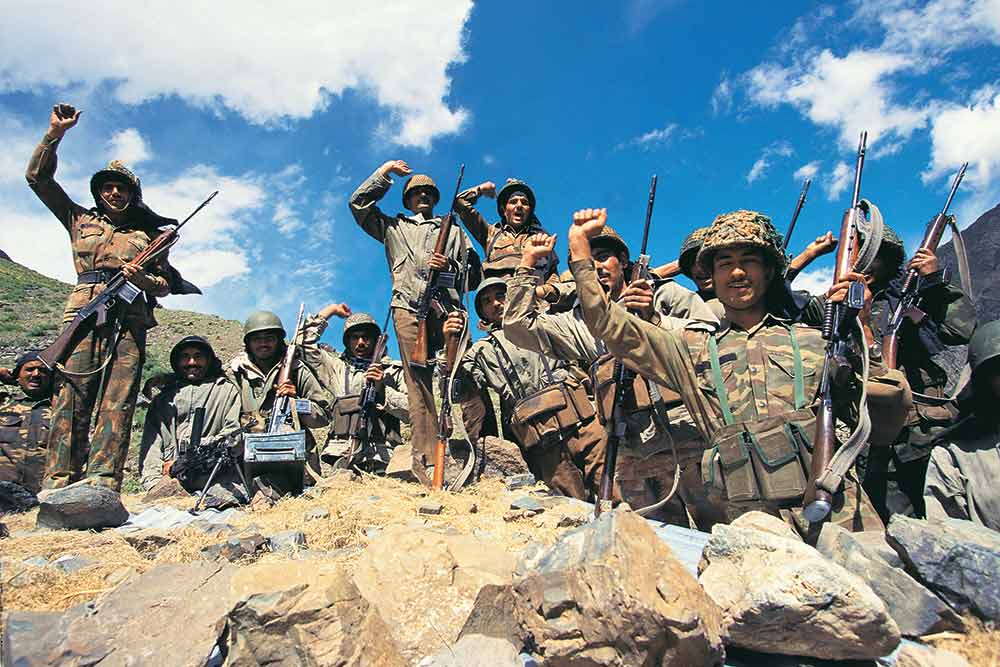
The conflict is believed to have been orchestrated by the then Pakistan army chief General Pervez Musharraf without the knowledge of the then Pakistan Prime Minister Nawaz Sharif.
The infiltrators positioned themselves in key locations that gave them a strategic advantage during the start of the conflict. Based on information from local shepherds, the Indian Army was able to ascertain the points of incursion and launch “Operation Vijay”.
(The story is compiled by TLN team)
👉 Click here to read the latest Gujarat news on TheLiveAhmedabad.com



